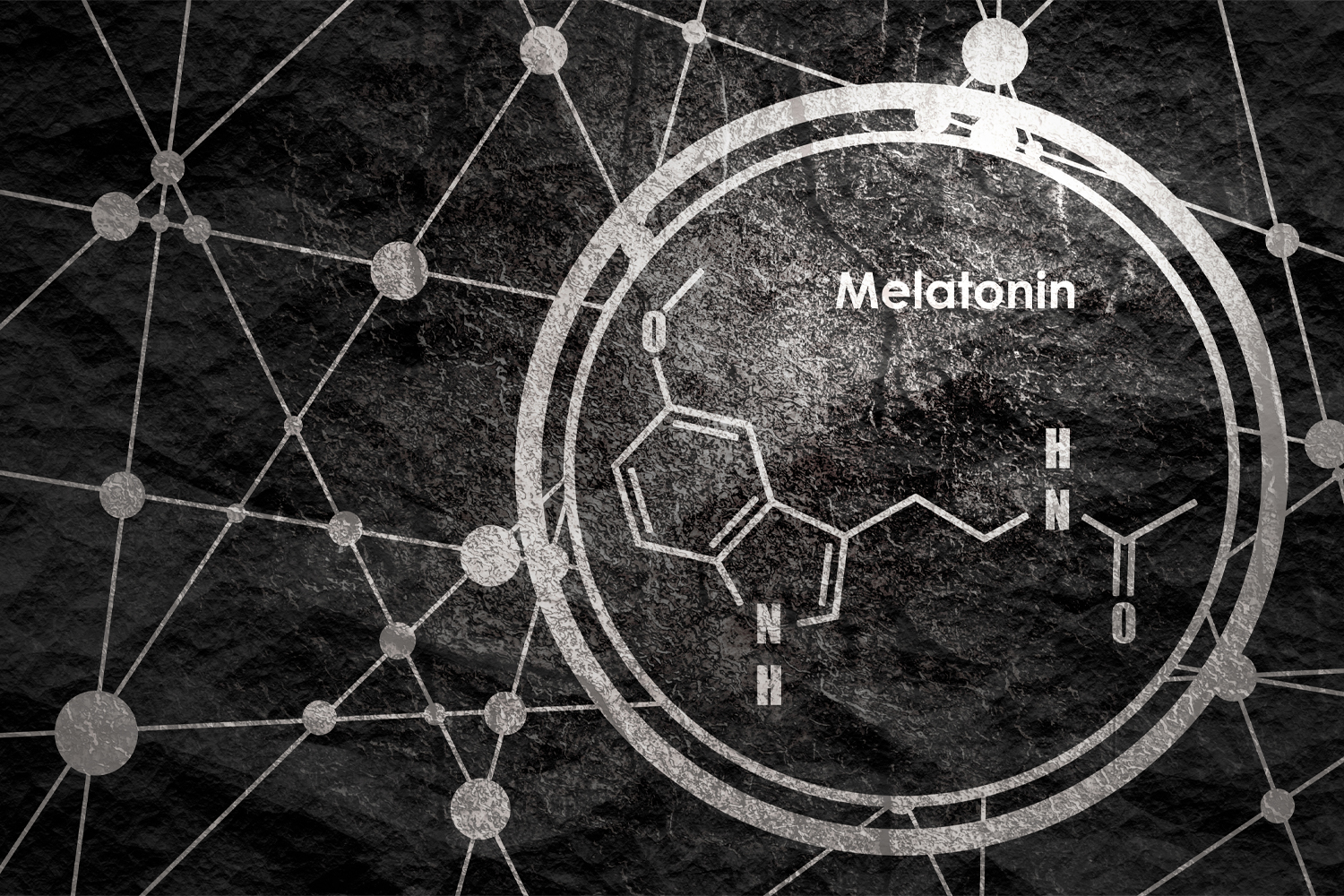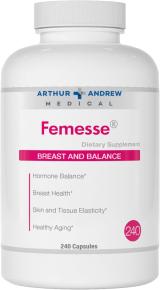According to the National Institutes of Health, 116 million Americans live with chronic pain and inflammation. Most are in constant search of relief. Chronic pain is discomfort that lingers for more than three months after a condition has been medically treated or repaired.
Pain Relief, Chronic Pain & Inflammation
Osteoarthritis, rheumatoid arthritis, psoriatic arthritis, fibromyalgia, irritable bowel syndrome, cancer, and multiple sclerosis are just a few of the root causes.
Opioids are often prescribed. But they can lead to dangerous addictions. Even over-the-counter pain relievers like NSAIDs and acetaminophen can have damaging side effects in the liver and kidneys.
Without pain relief, emotional side effects are common complications of chronic pain and inflammation. When physical motion is restricted by pain, the quality of life can be diminished and depression may result.
Safe & Effective Pain Relief with CBD
If opioids and other pain relievers aren’t working, there is an alternative for those willing to think outside the box. Consider a regimen of cannabidiol (CBD), which is a promising treatment drawn from the cannabis plant.
Some people reject CBD for fear of the “high” associated with marijuana. But marijuana has a significant concentration of tetrahydrocannabinol (THC).
Most CBD products screen out nearly all of the THC. “We’re talking about something with a safety profile that looks like vitamin C,” Joel Stanley, CEO of CW Botanicals, told the Denver Post.
CBD has become a useful tool for some in the medical community. “I use it in my practice because, unlike pain medications such as Tylenol, CBD does not cause kidney or liver issues while providing the same pain relief,” Texas-based Charlton Woodly, DPM, said in US News & World Report. In the same article, Dr. Philip Blair, MD, said that he concluded CBD was safe and has prescribed it for thousands of patients with chronic pain and inflammation. “I see the relaxation of their facial muscles,” he said. “I hear a deep sigh of relief.”
CBD for Reducing Pain & Inflammation
Not all doctors agree with Woodly and Blair. But scientific research is under way to assess the full potential of CBD.
One study in the European Journal of Pain suggested that topical use of CBD creams lowered pain and inflammation in rodents afflicted with arthritis. A second study in the medical journal Pain showed promise in treating pain and anxiety with CBD.
Former NFL quarterback Jake Plummer has suffered from chronic pain and inflammation after years of hard tackles on the football field. He found that CBD provided significant relief.
“The inflammation in my joints that stiffened up in the cold winter months was gone,” Plummer told the sports website FanBuzz. “The random headaches that would throb behind my eyes to the beat of my heart? Gone. The only thing different? CBD.”
CBD Product Options
If the taste of CBD tincture is off-putting—and for many it is—consider CBD gummies or topical creams and lotions.
There are many CBD products on the market, so choose wisely. Legal restrictions on CBD vary by state.























